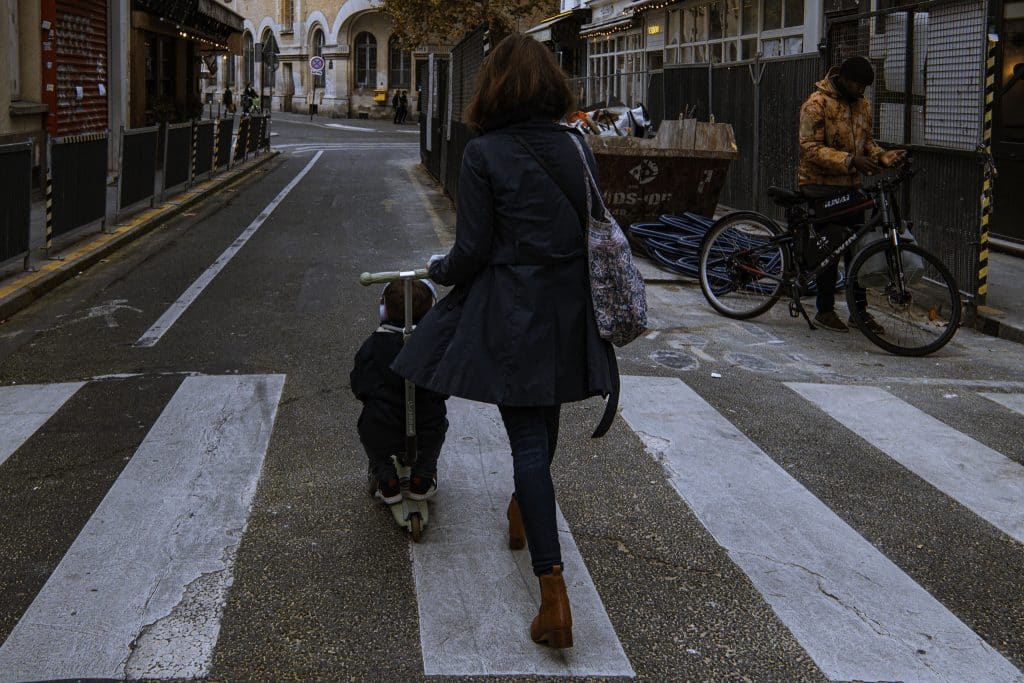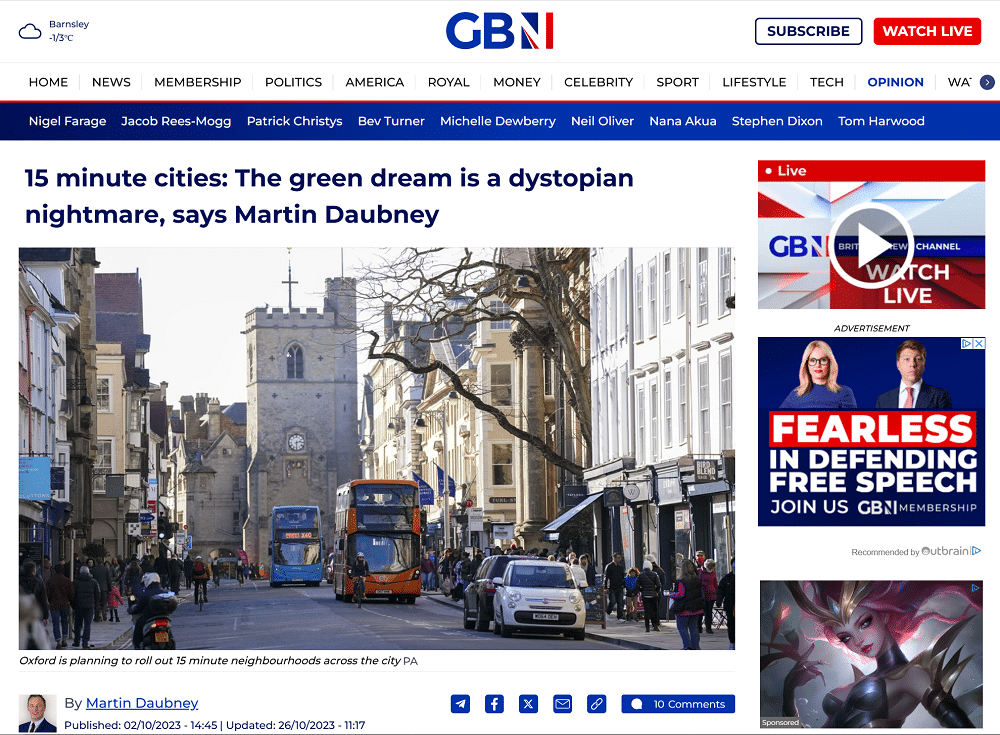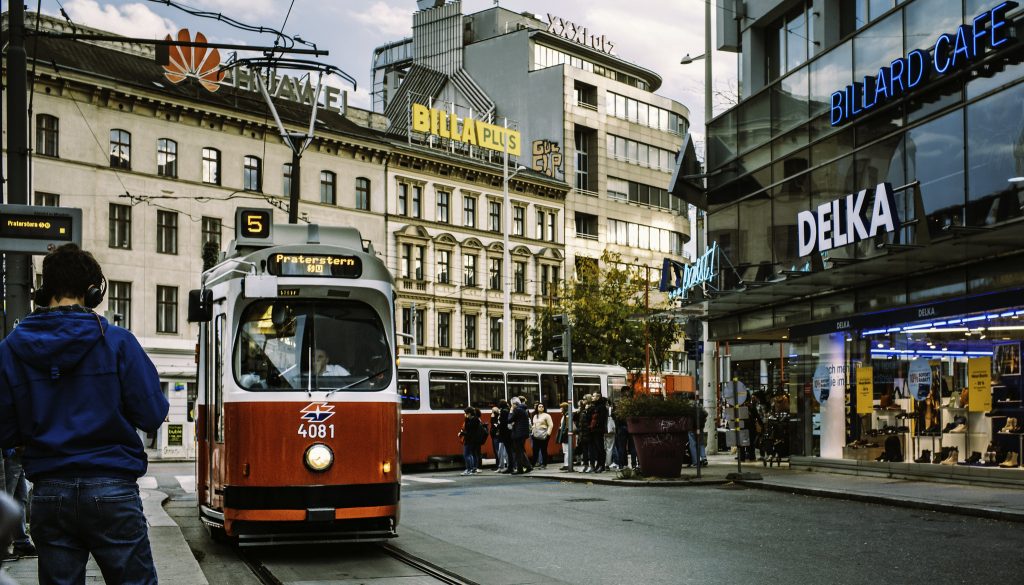Let me to introduce you to 99% Invisible, a long-running podcast dealing in urban planning and ideas for better ways to live. Trust me, it’s always more interesting than that sounds.
The show is produced in Oakland, California, but the particular episode I want to tell you about has a very European, specifically British, component. It also features a large dollop of things that interest us Skeptics. Things like disinformation, ill-informed politicians amplifying an inaccurate message, Jordan Peterson, angry mobs with placards – all the goodies we know and love.
The 15-Minute City
The episode takes a look at an angry backlash that erupted against a completely benign and sensible city-planning concept known as the 15-Minute City.
It’s a simple idea that was set out by Carlos Moreno, a professor at Sorbonne University. In a nutshell it proposes this: city life would be a lot nicer and better for us if more-or-less everything the city-dweller needs is reachable within 15 minutes of home, either on foot, by bike or via public transport.
Under this scheme, things like shops, parks, a place of work, a doctor’s surgery, and schools would be easily reachable, and not plonked in an out-of-town retail area, beyond the city ring road, or out of reach of any bus route.
The idea is pragmatic, and it acknowledges certain limitations. It doesn’t suggest you’ll get a specialist cancer unit at the end of every third street. Some amenities will inevitably fall outside that notional 15-minute circumference. The proposal stresses common sense, but that the majority things we need could be local.
The proposal suggests a number of benefits, including improved health and well-being, less car use and congestion, a lower carbon footprint, improved air quality, and strengthened local economies.
15-Minute cities are nothing new
Many cities, particularly those European cities whose street plans took shape long before the invention of the motorcar, already have many of the ‘15 Minute’ qualities. Some have even kept them. Many others made choices that seem bewildering to us now, as the planet went car-mad after the second World War.
The Le Corbusier vision of zoned living, of highways and high rises, had a massive impact on planning. The way forward for cities was six-lane motorways that magically never jammed up.
It’s hard to imagine now, but Amsterdam actually made serious plans to fill in its canals and replace them with US-style freeways (you might enjoy a separate 99% Invisible podcast all about that battle of people vs the motorcar).
There’s a reason we like local – it works
Think about 19th century Paris. People lived in five, six or seven-storey apartments. Richer people on the lower floors, the poor artists in the attic. Each building had a social mix. At the street level, there were cafes, boulangeries, expensive lingerie shops, bistros, banks, pharmacies and more expensive lingerie shops. Parisians could live and work entirely within a few blocks of home in their village-within-a-city.
Paris today has all sorts of other issues, but greater bike-friendliness – one of the missing ingredients from the 15-Minute proposition – is a thing they are trying to fix. They’ve gone all en avant, toute! for vélos.
Guess what happened?
As we all know by now, if you say the words ‘Bicycle Lane’ three times, an angry rabble of red-faced, red-trousered conspiracists appear. Usually in Land Rovers. This is happening in Paris and has happened recently here, in Oxford.

Enter the Conspiracy theorists
The 15-Minute concept is entirely non-threatening and people-friendly. It’s actually pro-business and not especially political. Yet in the last few years it has become a target for right-wing conspiracy theorists.
We’ve had street protests and even death threats – including ones made against Professor Carlos Moreno himself (there’s more detail on that sad upshot in the podcast).
The conspiracy theory asserts – quite wrongly – that 15-Minute Cities are intended as a way of restricting individuals’ freedom of movement, that people will be confined to their neighbourhoods, that they will have to pay tolls and face a ‘Show me your papers!’-type situation before being allowed to enter adjacent neighbourhoods.
You may detect a little Covid-like panic here. It’s hardly a coincidence when you realise who the people behind the klaxons are. The 2023 street protest in Oxford happened alongside our old friends Jordan Peterson, Joe Rogan, and Russell Brand, each perpetuating and amplifying this false message.
Mark Harper, the then-Minister of Transportation, also weighed in. He openly condemned the idea in parliament, showing he was happy to parrot any bit of disinformation that happened to be that week’s hot topic on GB News.

Those sensible Canadians
There is a happy ending, at least for some cities.
An amicable solution, one that other cities might follow, was found in Edmonton, Alberta. The anger there (do Canadians get angry?) was ultimately defused by the addition of a single line in the planning proposal:
The district plan shall not restrict freedom of movement, association and commerce in accordance with the Canadian charter of rights and freedoms.
To be clear, this changed nothing about the proposal. It simply stated an obvious fact: in Canada freedom of movement is a right. It worked.
And in Oxford they found an equally simple solution. They just stopped using the irrevocably corrupted term ‘15 Minute City’. Every other detail in their proposal remained in place. It is being put into action.

And finally, a bit more about 99% Invisible
A developed country is not a place where the poor have cars. It’s where the rich use public transportation.
Gustavo Petro (Then Mayor of Bogota, now President of Colombia.)
Just a quick footnote. If this is the first time you’ve heard of 99% Invisible, my first-dip recommendation to help you get a flavour is an episode all about the Chicago River, called: Reversal of Fortune.
It’s a rip-roarer. It has good civic forces vs naughty commercial forces doing battle over the direction of flow for an entire river, with a nice sideline in how to move skyscrapers a bit to the left.



